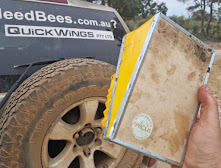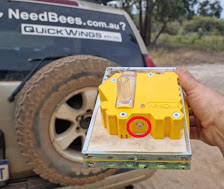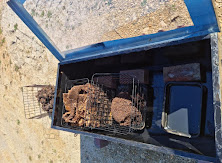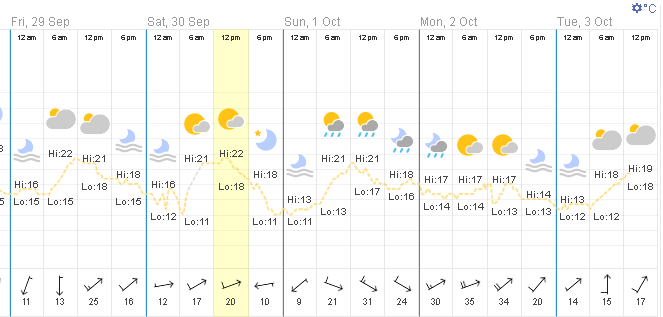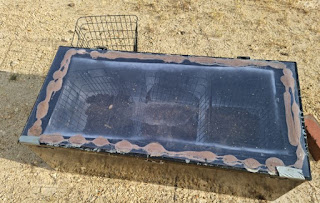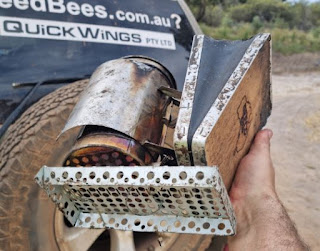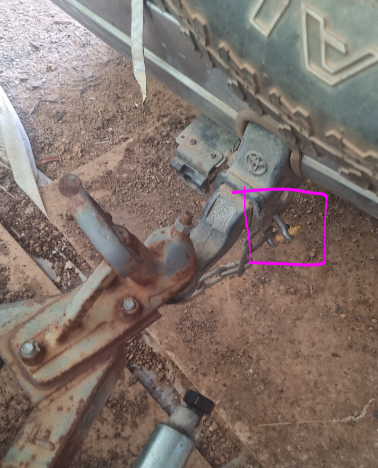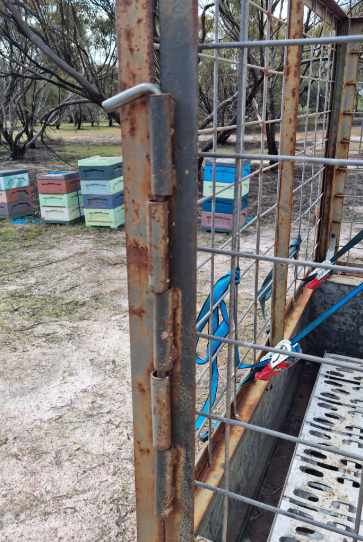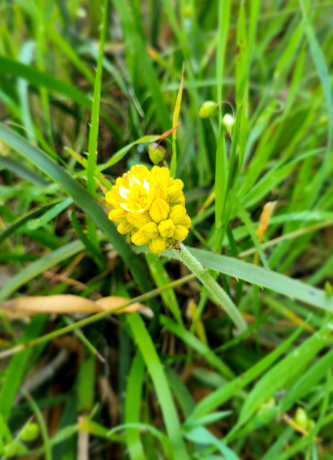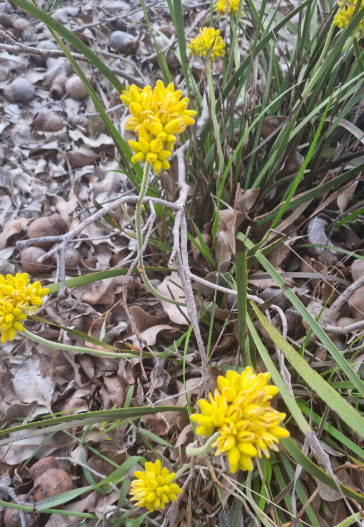This post is just to document of things we came across when beekeeping and using trailers or just generally good not to forget...
Trailers, D-Shackles and loosing the pins:
When attaching D-Shackles, ensure the pin / cap is the to the top, as with vibration and time you tend to buy more pins, as they literally just drop out. When facing towards the top, gravity can work its thing while most time they don't tend to fall out.
Paint your trailer edges white:
when operating mostly at night when shifting bees, its way easier to see your trailers position in the mirrors at night. Even when just having standard break lights, the white color lights up nicely, while most other colors being reflected by red light appear very dark and are barely visible, especially in your mirrors.
When using red flood lights to work bees and white markings on trailers:
Notice the difference of the olive green / gray trailer body versus the white parts under red lights, what a difference that makes! Just imagine how much easier that will be in your mirrors when reversing!
Working alone strapping trailers and mirrors:
When working mostly alone, then strapping can be a bit of a pain, as the hook keeps slipping off the railing and you end up walking backwards and forwards.
I tend to strap stuff by putting the strap through the metal hook, this way one side will not be going anywhere if using small straps.

I usually ensure that all rachets are located on the driver side, as when something where to becomes loose, I would be able to see the straps better flying around within the mirrors fairly soon and could pull out to fix it up instantly.
The driver side mirror will probably give you a better view than the passenger side most times, especially in the dark.
Trailer tray pins:
just get into a habit to put things back to the same place every time, and place especially pins back into their locking positions before doing something else, or face getting distracted and placing them on the tray where you loose them during your second additional distraction.... Yes, been there done that.
Best to have someone weld a chain on them so you can't loose them.
Flat top trailers and missing rails:
When using the 6m flat top trailer from Kennards for instance, the trailer does not have a rail underneath the trailer end to end and no real good position to attach the straps.
Now there's always multiple ways to solve things, and one solution I had seen used by another beekeeper was to use a chain in between the tie-down points of the trailer, and then strapping the hives onto the horizontal chain between the rails. Just ensure you use a decent sized chain and calculate the breaking point of the chain when factoring the number of hives and their weight at an impact speed of maximum 100km/h and calculate the force required for the chain specifications for your requirements.

Ensure you have plenty of clearance between the wheels and the chains when loose and not in use / no hives on the trailer and add straps as needed to avoid the chains coming close into the wheel space when dangling down.
The below picture was taken during the time when "DingDong Fabian" from Sun City Honey helped me out on a Canola shift and saluting in taking instructions :), as we had to improvise after noticing the rather large gap of the missing rails last minute and strapped some pallets onto the trailer, and then strapped the hives on top of the added pallets to keep us going on time. There are always multiple ways to do the same thing, just ensure your straps are rated for the job at hand, ensuring that even if you had an accident, nothing would fall of the trailer at any time and nothing moves which should not.
Spare tyres and trailers, and the time when the trailer tyre overtook me going up hill!
True story, one a shift we once did moving hives up into the Perth hills going onto a Marri/Redgum flow, I suffered flat tyre situation, where the tire had cut itself of the rim.
I heard my brother over the radio advising me to watch out for the Kangoroo jumping across the road, when i noticed my trailer tyre starting to overtake me, which my brother had mistaken for a Kangaroo bouncing across the road. Yep, carry spare tyres on your trailers, and ensure periodically that your spares are pumped up and ready!







